Description
1. Parameter Specifications
- Power Supply: The PFEA111 – 20 typically operates on a 24V DC power supply. The power consumption is relatively low, around 8 – 12W, which makes it energy – efficient for long – term operation in industrial settings. This power supply design ensures stable performance and reduces the overall energy cost.
- Input/Output Configuration:
- Digital Inputs: It is equipped with 16 digital inputs. These inputs are designed to receive signals from various digital sensors such as proximity sensors, limit switches, and photoelectric sensors. The input voltage range is 5 – 24V DC, providing flexibility in sensor connection.
- Digital Outputs: There are 8 digital outputs. Each output can drive a load with a maximum current of 0.5A. This makes it suitable for controlling small – scale devices like small relays, indicator lights, and low – power solenoids.
- Analog Inputs: There are 2 analog inputs. They can accept signals in the ranges of 0 – 10V or 4 – 20mA. With a 10 – bit resolution, it can provide basic yet relatively accurate measurement of analog quantities such as temperature, pressure, or flow rate.
- Analog Outputs: 1 analog output is available, capable of outputting signals in the same ranges as the analog inputs. This can be used for simple analog control tasks, like adjusting the speed of a motor or the opening degree of a valve.
- Communication Interface: It supports an RS – 485 serial communication interface with the Modbus RTU protocol. This allows for seamless data exchange with other Modbus – compatible devices and control systems, enabling easy integration into existing industrial networks.
2. Applications
- Industrial Automation: In industrial manufacturing, the PFEA111 – 20 can be used to control and monitor simple production processes. For example, in a small – scale machining workshop, it can manage the operation of a single machine tool. It can receive signals from sensors that detect the position of the cutting tool and control the movement of the tool via digital outputs. It can also monitor the status of the machine, such as whether it is running or in an idle state.
- Building Automation: In commercial or residential buildings, it can be involved in basic building management tasks. For instance, it can control the lighting in a specific area. By connecting to a light sensor, it can adjust the lighting level according to the ambient light intensity. It can also be used to control a small – scale ventilation fan, ensuring proper air circulation in a room.
- Agricultural Automation: In agricultural settings, it can be used to control simple irrigation systems. By measuring the soil moisture level through an analog sensor, it can control the operation of a water pump via a digital output. This helps in optimizing water usage and ensuring the healthy growth of crops.
3. Weight and Dimensions
- Weight: The module weighs about 0.2 kg, which is very light. This makes it easy to install and handle, especially in situations where space is limited or when frequent re – installation is required.
- Dimensions: The overall dimensions are: length – 80mm, width – 60mm, height – 15mm. Its compact size allows for installation in tight spaces, such as inside small control boxes or on equipment panels. This is particularly useful in applications where space is at a premium.
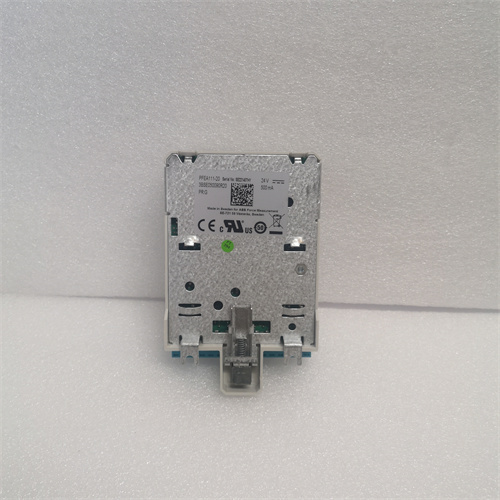
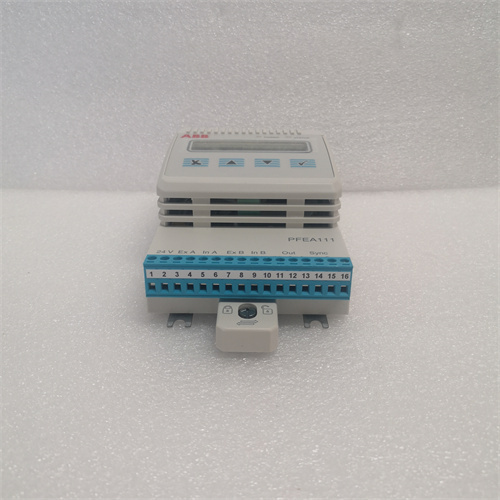
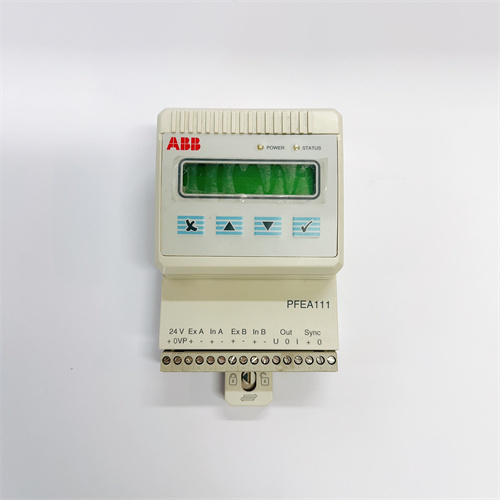
4. Features
- Modbus Compatibility: The support for the Modbus RTU protocol on the RS – 485 interface simplifies integration with other industrial devices and control systems. It enables seamless data sharing and system expansion, allowing users to connect multiple devices and build a comprehensive control network.
- Cost – Effective Solution: With its relatively simple configuration and affordable components, the PFEA111 – 20 offers a cost – effective option for small – scale control and monitoring applications. This makes it accessible for small businesses and projects with limited budgets.
- User – Friendly Configuration: It has a straightforward configuration process. Even users with basic technical knowledge can easily understand and implement the configuration, reducing the time and effort required for system setup.
5. Stability and Reliability
- Robust Construction: The module is housed in a durable plastic enclosure. This enclosure provides protection against dust, moisture, and minor mechanical vibrations, ensuring stable operation in normal industrial and non – industrial environments.
- Fault – Tolerant Design: It is designed with built – in protection mechanisms such as over – current protection for the digital outputs. These features safeguard the module from electrical faults and extend its service life, reducing the need for frequent replacements.
- Quality Components: The use of high – quality electronic components and strict quality control during manufacturing ensure long – term reliability and consistent performance. This gives users confidence in the module’s ability to operate continuously and accurately.
6. Real – world Examples
- Small – scale Textile Factory: In a small – scale textile factory, the PFEA111 – 20 is used to control the operation of a weaving machine. It receives signals from sensors that detect the position of the yarn and the movement of the weaving shuttle. Based on these signals, it controls the speed and direction of the machine via digital outputs, ensuring the smooth production of textiles.
- Home Greenhouse: In a home greenhouse, it can be used to control the temperature and humidity. By measuring the temperature and humidity levels through analog sensors, it can control the operation of a heater and a humidifier via digital outputs. This creates an optimal environment for plant growth, even in adverse weather conditions.






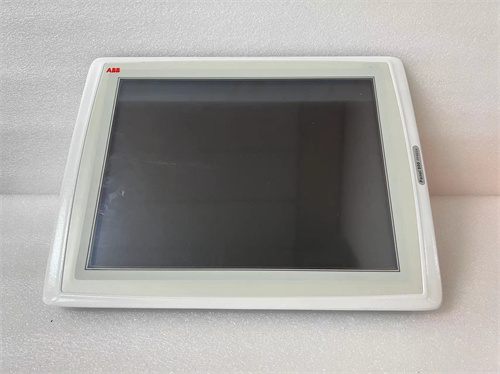



Reviews
There are no reviews yet.